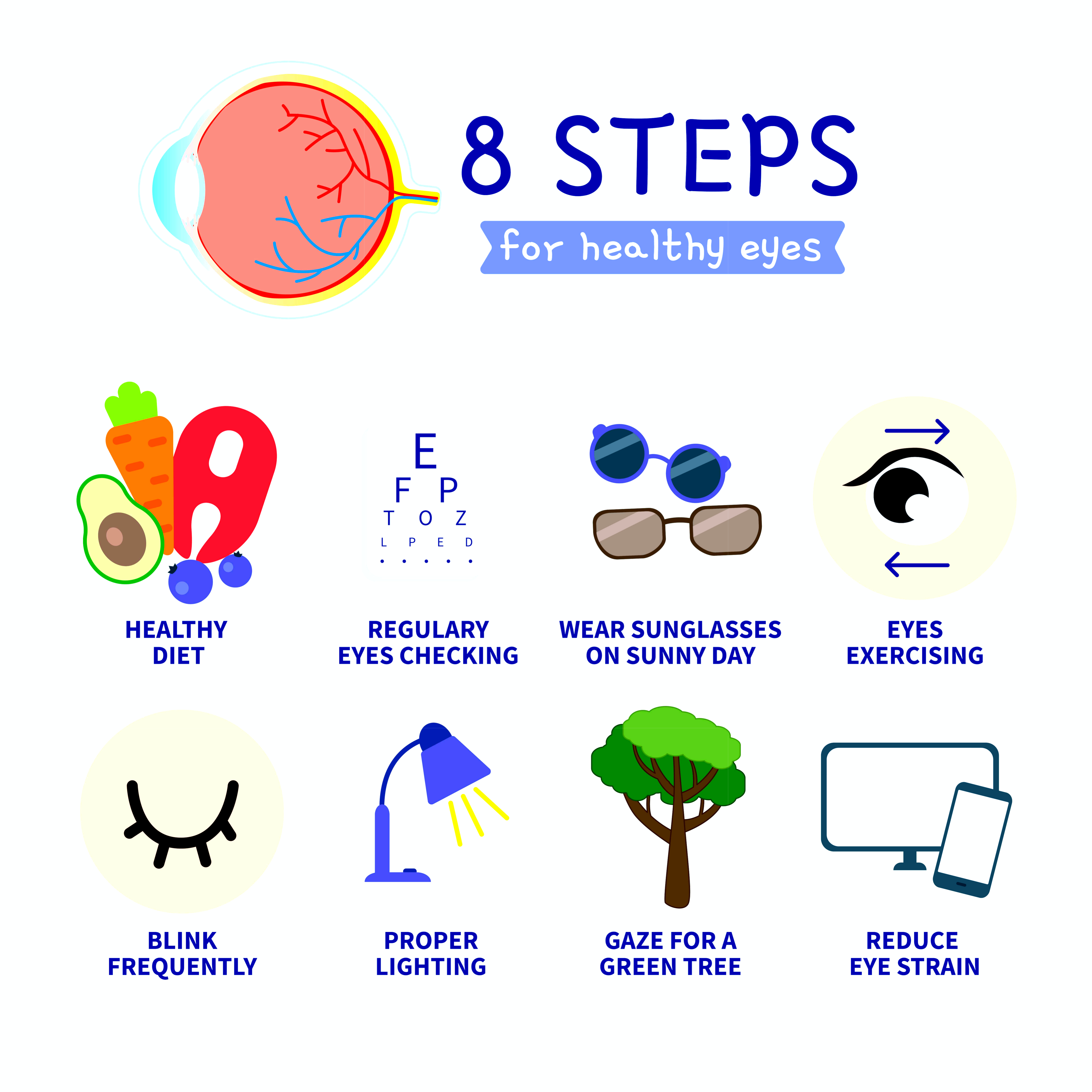All Categories
Featured
Table of Contents

The world of vision adjustment is swiftly developing, driven by groundbreaking technical innovations that are improving just how we treat and perceive eye wellness. From laser surgical treatments to ingenious glasses, the choices offered today are not only much more reliable yet additionally deal with the distinct needs of each person. In this blog, we will discover exactly how technology is enhancing vision improvement alternatives, resulting in improved individual results and fulfillment.
1. Laser Modern Technology Innovations.
At the forefront of vision improvement innovation are innovative laser procedures like LASIK and PRK. These techniques have been changed by the intro of femtosecond lasers, which develop controlled and accurate cuts in the cornea, decreasing discomfort and boosting recuperation time.The most current developments, such as topography-guided LASIK, permit a tailored treatment strategy that accounts for the unique curvature of a person's cornea. This degree of personalization not just increases the accuracy of the procedure yet also decreases the threat of difficulties, causing more clear vision post-surgery.
2. Smart Contact Lenses.
The growth of wise get in touch with lenses stands for a significant leap in vision modification innovation. These lenses can monitor various health and wellness parameters, such as sugar levels in diabetics or intraocular pressure for glaucoma clients.By incorporating sensors into the lens layout, makers are creating a product that goes beyond vision modification, supplying important wellness info in real-time. As research in this area progresses, clever contact lenses can possibly transform how we manage eye health and problems connected to vision.
3. Advanced Intraocular Lenses (IOLs)
For individuals undergoing cataract surgery or seeking remedies for presbyopia, progressed intraocular lenses have come to be a game-changer. Today's multifocal and toric IOLs are developed to give clear vision at numerous ranges, lowering reliance on glasses for everyday tasks.New modern technologies enable the modification of IOLs based on aesthetic demands and individual way of livings. Suiting IOLs can move their focus based on the eye's placement, giving a much more natural aesthetic experience. These innovations ensure that patients take pleasure in much better aesthetic outcomes after surgical procedure, enhancing their quality of life.
4. Telemedicine and Remote Surveillance.
The COVID-19 pandemic sped up the fostering of telemedicine, and this trend has actually extended into eye care. Patients can now speak with eye treatment specialists from the convenience of their homes, discussing symptoms and therapy choices without the demand for in-person gos to.Remote tracking devices that attach to tablet computers or mobile phones enable individuals to track their eye health and wellness and vision changes gradually. This information can be shared with health care suppliers, making sure prompt interventions and customized care strategies. The convenience and accessibility of telemedicine are especially valuable for individuals with mobility difficulties or those residing in rural locations.
5. Synthetic Knowledge in Eye Care.
Expert system (AI) is increasingly ending up being an essential component of eye care. AI algorithms are used to evaluate huge sets of data, making it possible for very early discovery of conditions like diabetic retinopathy and macular deterioration with retinal imaging.AI can assist eye treatment professionals by highlighting problems that may call for more examination, enhancing analysis accuracy and performance. By streamlining the analysis procedure, AI not just enhances client care however likewise enables for more prompt treatment interventions.
6. Customized Eyewear Solutions.
The surge of customized eyeglasses has changed exactly how individuals approach vision modification. Advanced 3D printing innovations allow the creation of customized frameworks and lenses customized to a person's distinct face structure and vision needs.Along with visual benefits, customized eyeglasses boosts comfort and performance. Individuals can now choose from different lens choices, including blue light blocking, photochromic, and high-index lenses, guaranteeing they discover the best remedy for their way of living and visual preferences.
Conclusion.
Technology is substantially changing vision correction choices, leading to far better results and boosted satisfaction for clients. From cutting-edge surgeries and clever call lenses to telemedicine and AI-driven diagnostics, the future of eye treatment is appealing. As these innovations remain to advance, clients can expect a much more reliable and customized strategy to vision modification, inevitably improving their high quality of life. Welcoming these innovations not just ensures ideal eye health but additionally equips people to see the world with clearness and self-confidence.Table of Contents
Latest Posts
Experience Coastal Sophistication at Deauville Inn
Published Apr 09, 25
1 min read
A Luxurious Escape: The Claridge Indoor Swimming Pool
Published Feb 10, 25
1 min read
Experience the Boogaloo: Dining, Drinks, & Sports at FunCity Hotel
Published Feb 09, 25
2 min read
More
Latest Posts
Experience Coastal Sophistication at Deauville Inn
Published Apr 09, 25
1 min read
A Luxurious Escape: The Claridge Indoor Swimming Pool
Published Feb 10, 25
1 min read
Experience the Boogaloo: Dining, Drinks, & Sports at FunCity Hotel
Published Feb 09, 25
2 min read